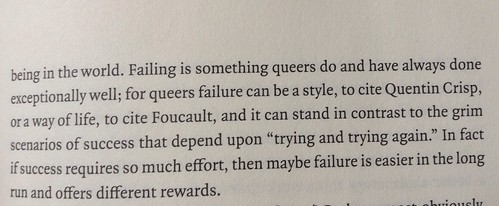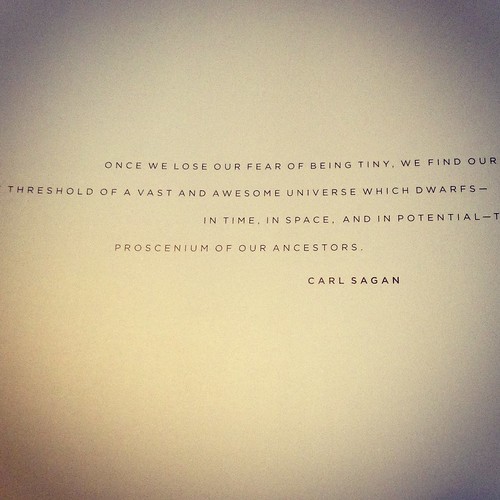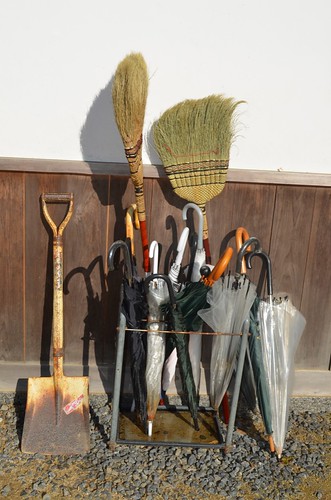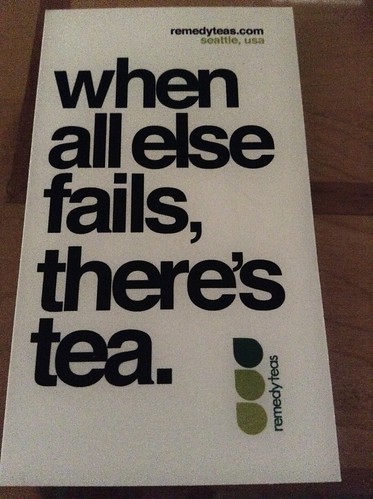A week or so ago a twitter pal asked me how my writing was going. I had a hard time responding, given the limited space on Twitter. I promised I would give a longer answer when I had more time. I haven’t written a blog post for probably the same reason that I’m challenged in my writing.
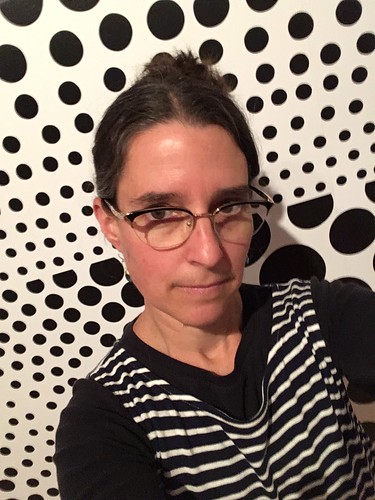
My quick answer was: fear. What fears surround me when I sit down to write?
My writer pals talk about brain weasels, or doubtroaches, depending on how strong these fears are. These critters roam around and collect loose worries. They bounce around and amplify them until they take up all the space in my head. It makes thinking about anything else hard. It’s hard not to take them seriously or believe them, but they aren’t solid, despite their volume. They don’t mean anything, unless I choose to give them weight.
A few choice weasels say things like: you don’t matter. Your voice doesn’t matter. No one cares about what you have to say. My worst fears are about being invisible, forgotten, unloved.
Once I can set aside those fears, put them in the corner in a rocking chair with a warm blanket and a cup of tea, there is another wall. This is the work of finding my voice, after so many years of suppressing it.
Learning how to carve out space for myself, giving myself permission to take up room, has been far harder. I sit down and look for the words. I feel the urge to tell a story, but it’s like I have to excavate layers of socialized shit to find what is mine. It’s the opposite of the oyster creating the pearl. It’s not even an archeological dig. It’s trying to undo almost five decades of programming. It’s pernicious.
Have you ever done that thing where you try to write using your left hand, but also only paying attention to the image in a mirror? So you literally have to force your hand to do everything upside down and in reverse? It feels like that.
I love the power of language. I love reading. I love exchanging ideas. There is nothing quite like putting down words where there was nothing before. I know how to quiet the weasels, but once they are taken care of, there is still the work. And every writer has to find her own way, because there is no one right way, no singular path.
Yesterday I was asked if I write for a specific audience. I literally laughed. Audience? Ha! What audience? IS there even an audience for anything I want to write? But seriously, the successful authors I know have said they either write for themselves, or they write with one specific person in mind. I have been trying this approach, because the idea of markets and audiences change.
When you don’t see yourself reflected in the world, it’s hard to believe in your own existence. Am I real? Am I a ghost? Maybe I’m a monster. We have stories about people who aren’t people. I want to flip that, and tell the stories of the people who have been told we aren’t people.
I feel the urge to apologize, to diminish, even in this post, and I will not do it.
In a world that feels extra determined to squash the voices of those who aren’t the “default” – straight, white, Christian, able-bodied, and cisgendered (not to mention male), I am reminded again and again that existence is resistance. I want to survive, but I want to do more than survive, I want to thrive. Part of that is finding my way through this thicket to the stories I need to tell, even if I am the only audience who needs them.






